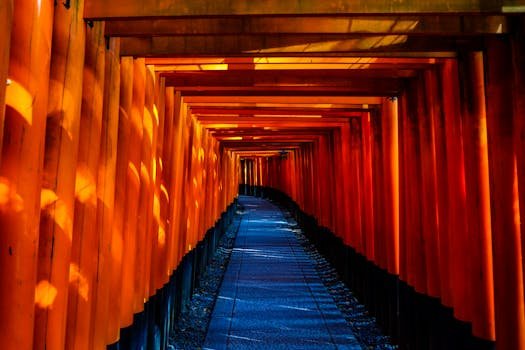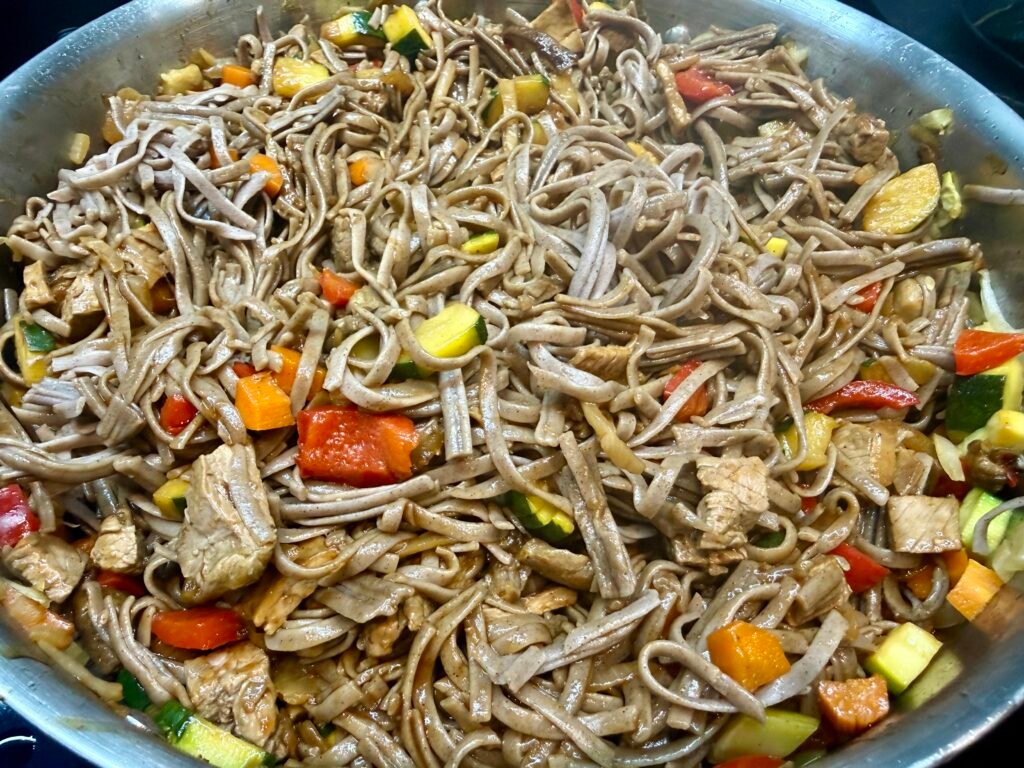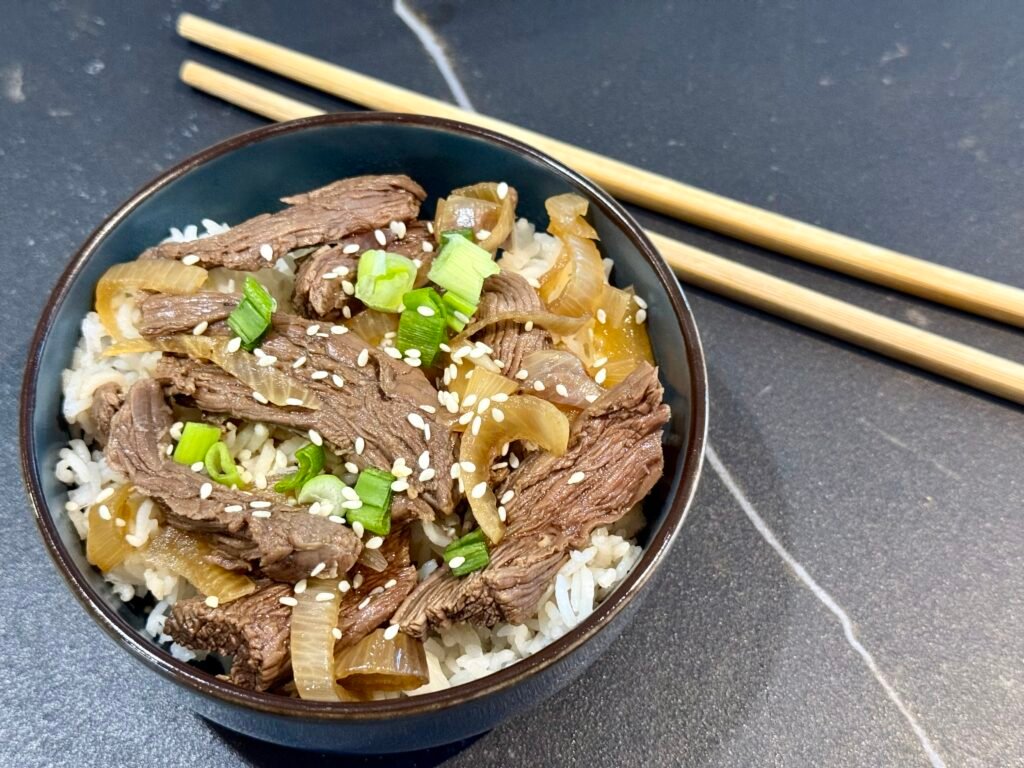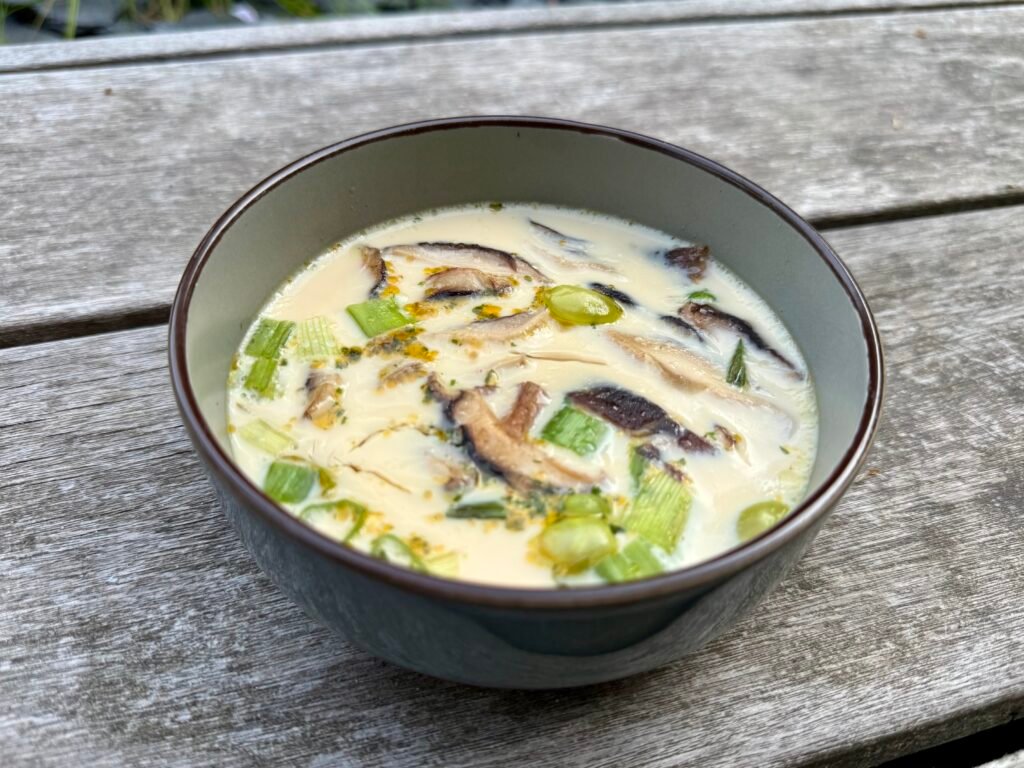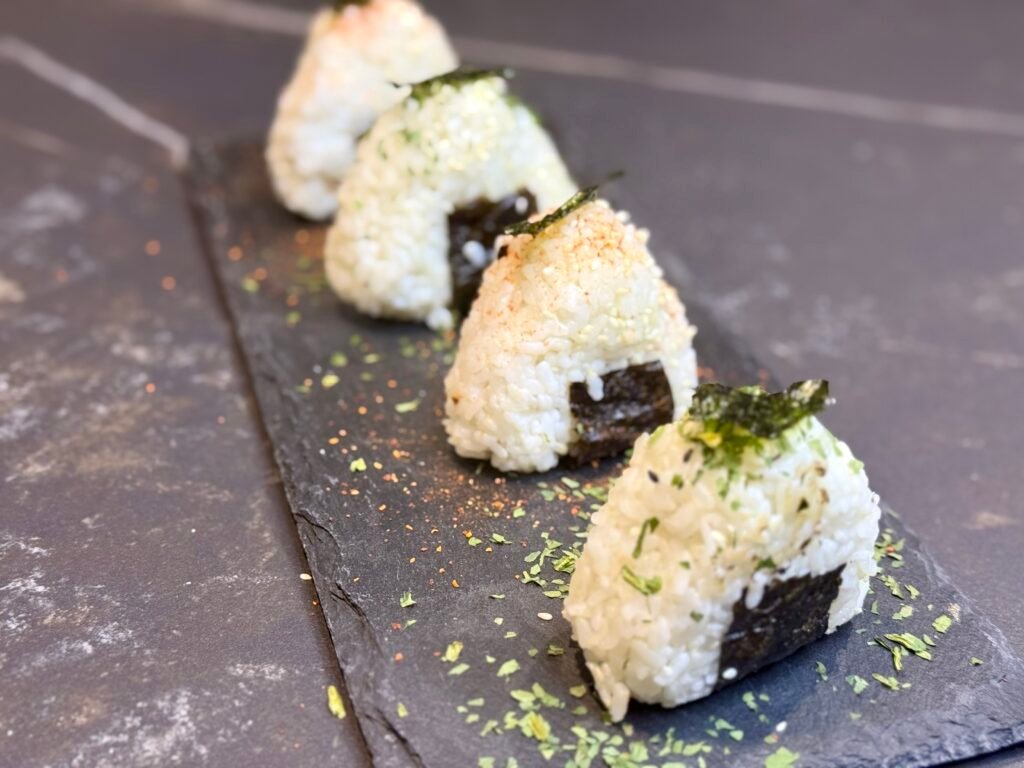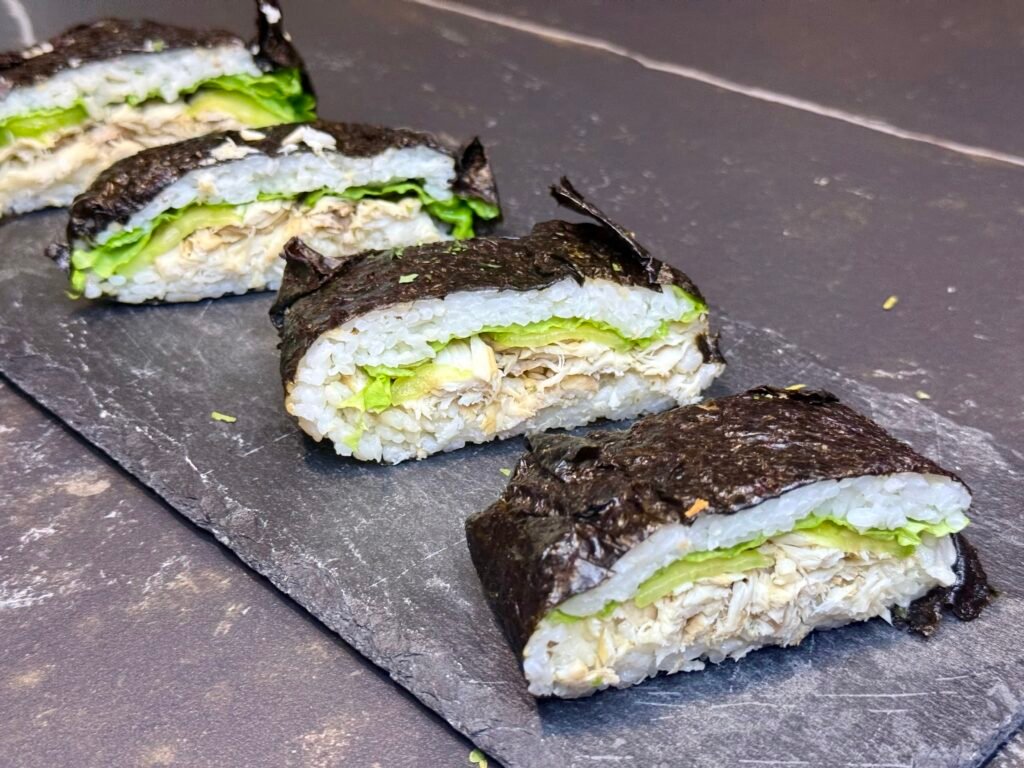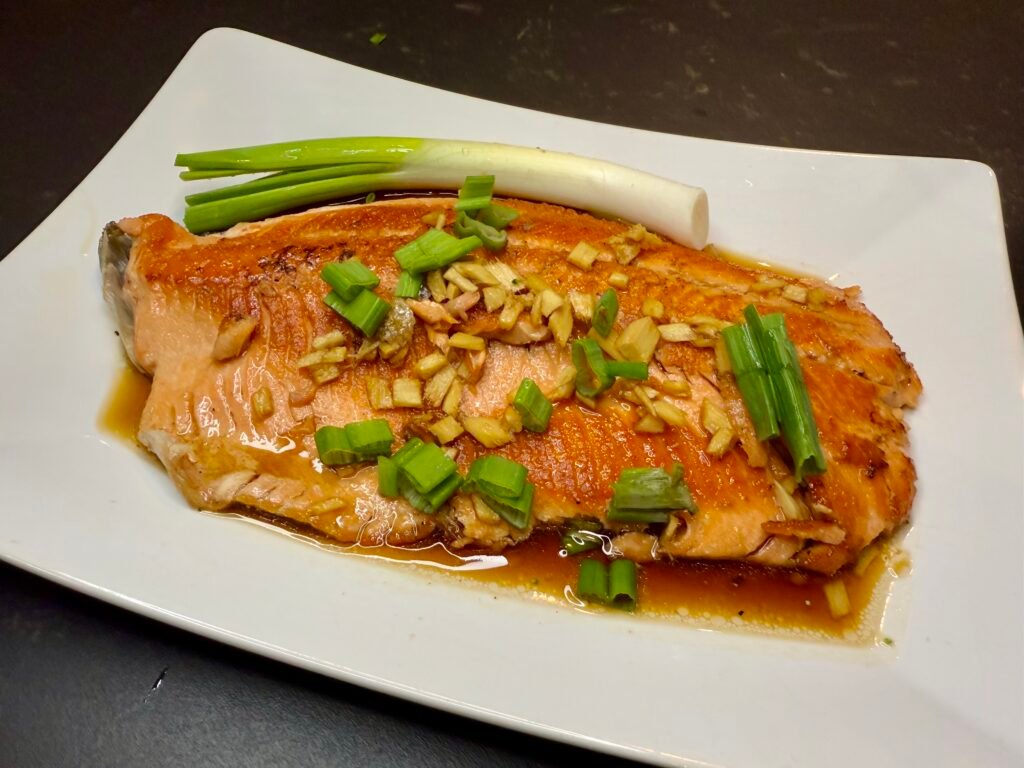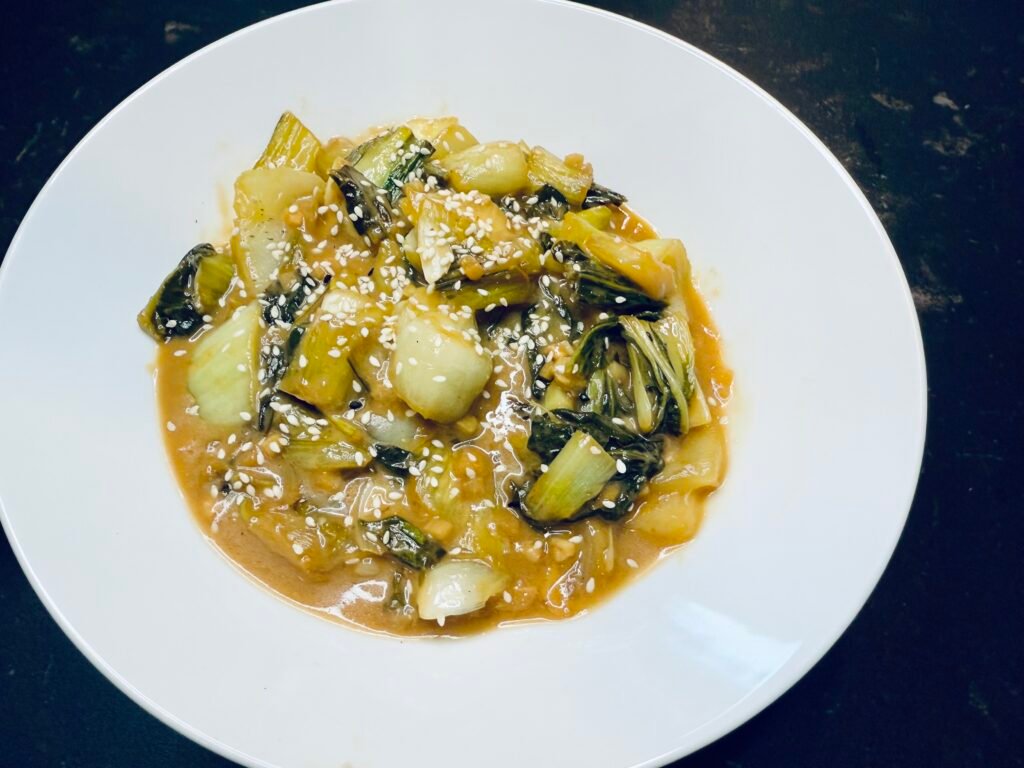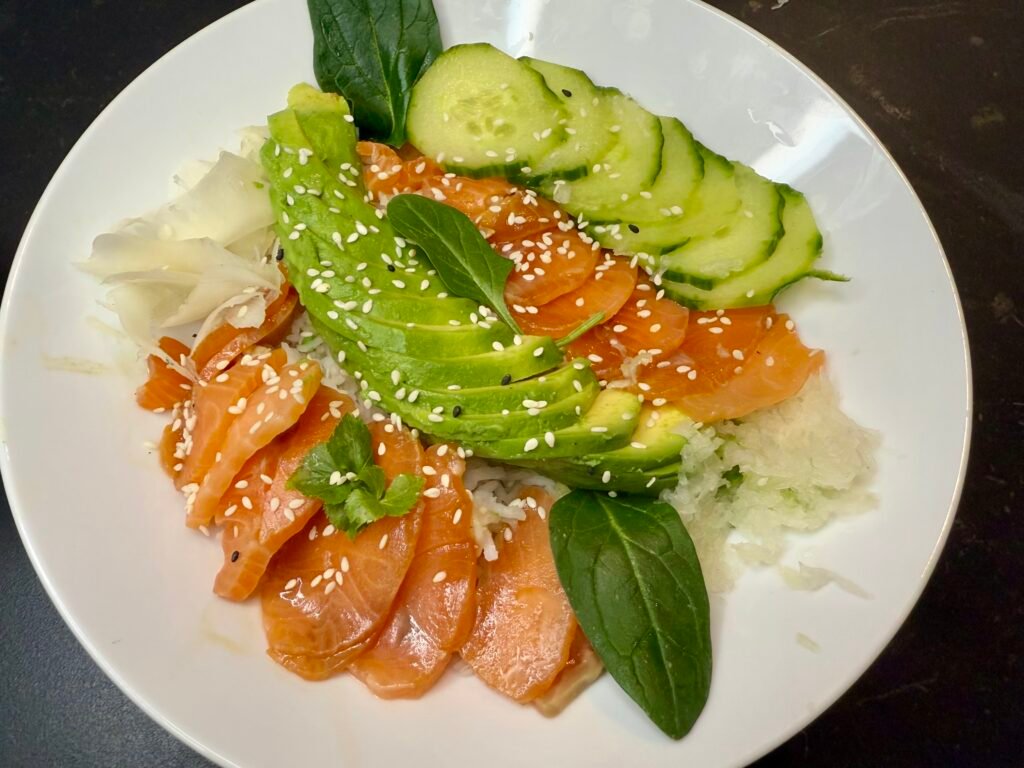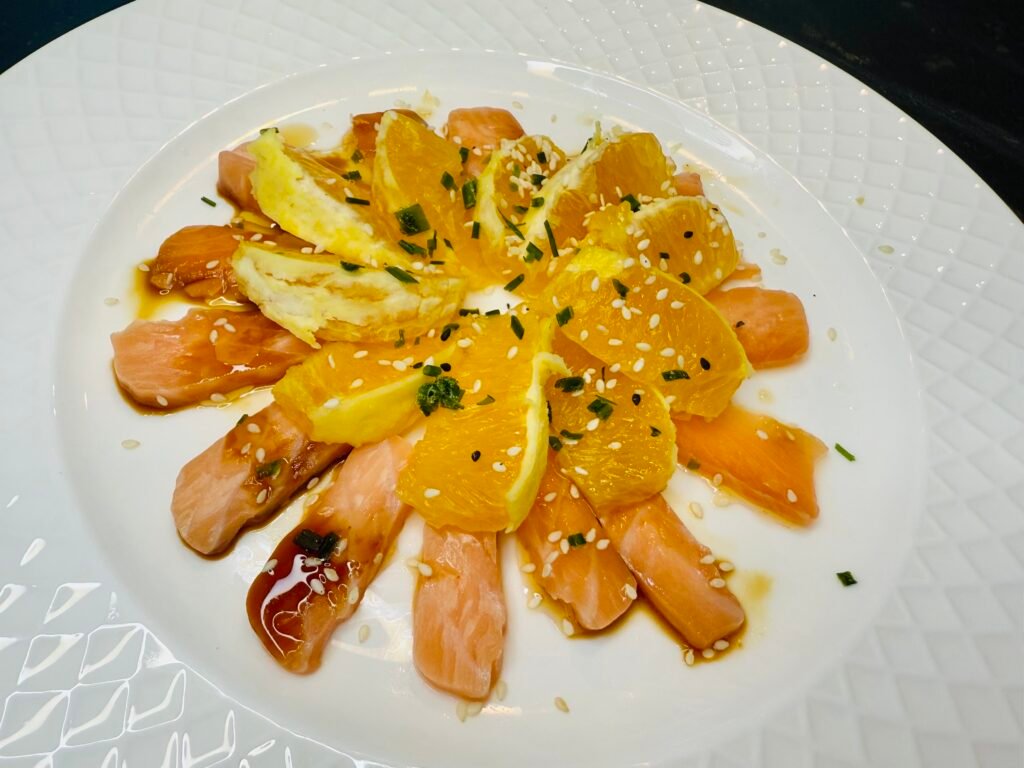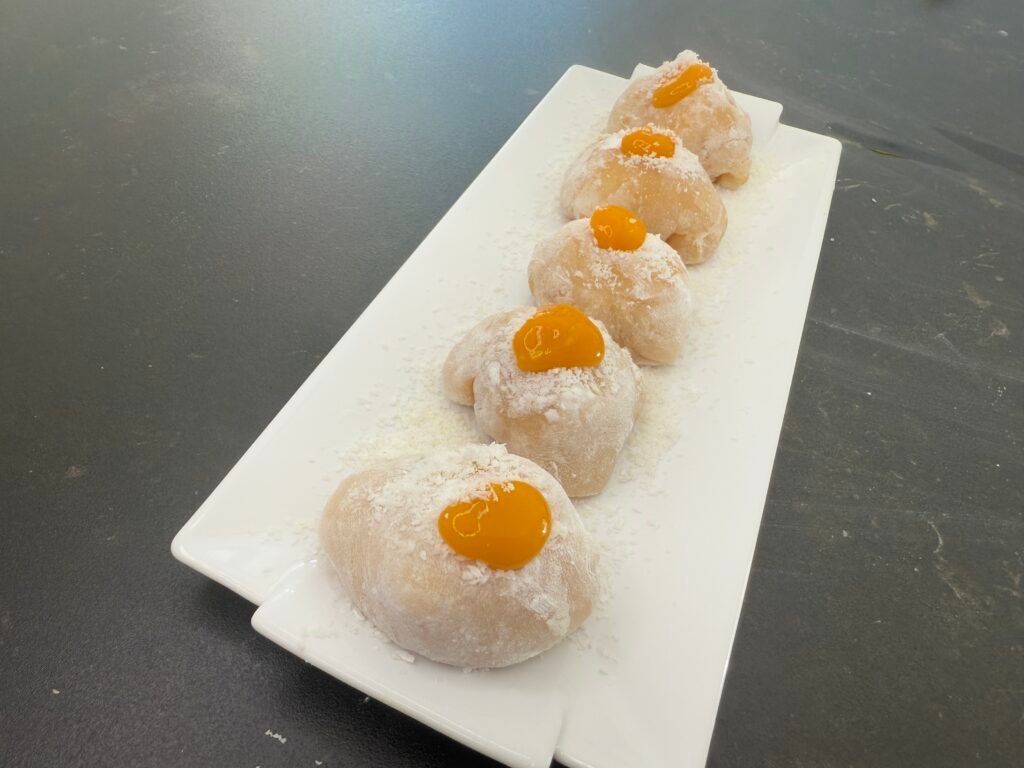Japan, an archipelago located in East Asia, has a millennia-old history marked by periods of imperial grandeur, clan wars, and rapid modernization. Japan has evolved from the era of samurai and shoguns to a global technological and economic power, while retaining its ancestral traditions. Influences from Buddhism and Shintoism are pervasive in Japanese culture, visible in temples, shrines and festivals celebrated throughout the year. The seasons also punctuate the daily life of the Japanese, with festivals like Hanami (cherry blossom) and Matsuri (local festivals), celebrating the beauty of nature and traditions.
Japan, with its large modern cities like Tokyo and Osaka , as well as its peaceful rural regions like Kyoto and Nara , offers a stark contrast between tradition and modernity.
Traditional Gastronomy and Gluten Free Options
Japanese cuisine, with its simplicity and delicate flavors, is one of the most famous in the world. Although Japanese dishes often use soy and wheat-based sauces, there are many naturally gluten-free options. Rice, fresh fish and vegetables are at the heart of this cuisine, offering alternatives suitable for people with gluten intolerance.
Here are some traditional Japanese gluten-free dishes:
- Sashimi : Slices of raw fish, often accompanied by wasabi and gluten-free soy sauce. A simple and naturally gluten-free dish.
- Sushi (with rice and raw fish) : Although regular soy sauce contains gluten, sushi, made with vinegared rice and fresh fish, is naturally gluten-free when served with gluten-free soy sauce.
- Gluten-Free Yakisoba : This stir-fried noodle dish can be made with buckwheat noodles (100% wheat-free) or rice noodles for a gluten-free version.
- Yudofu : A dish of boiled tofu served with a light sauce made from dashi, a traditional fish broth. It is naturally gluten-free and represents a vegetarian option.
These dishes demonstrate the balance between the simple, natural ingredients that Japanese cuisine is known for, while providing alternatives suitable for a gluten-free diet.
The Must-See Things to Visit in Japan
Japan is a country of striking contrasts, with ultra-modern cities and fascinating natural and historical sites. Here are some must-sees to visit:
- Kyoto : The former imperial capital, Kyoto is home to magnificent temples and shrines, such as the Kinkaku-ji (Golden Pavilion) and the Fushimi Inari-taisha , famous for its thousands of red torii gates.
- Tokyo : The capital of Japan is a dynamic city where futuristic skyscrapers, modern shopping centers and historic districts like Asakusa and Akihabara .
- Nara : This ancient capital is known for its ancient temples and free-roaming deer roaming the parks. The Great Buddha of Nara and Todai-ji Temple are sites not to be missed.
- Mount Fuji : Mount Fuji, symbol of Japan, is a popular hiking destination, but also a place of spiritual contemplation, visible from Tokyo on a clear day.
These places illustrate the cultural and natural diversity of Japan, between age-old tradition and striking modernity. These places represent the historical grandeur and natural beauty of China, which are absolutely worth discovering.
Travel
Japan
Japan is a destination that my husband has dreamed of for a long time. As for me...

